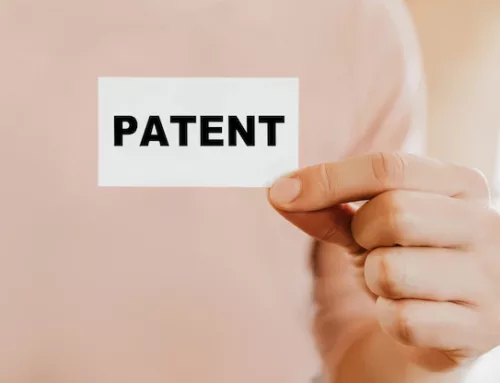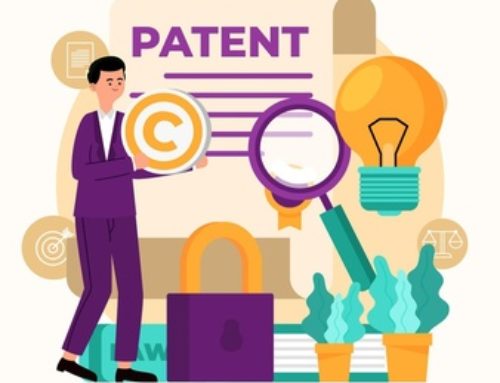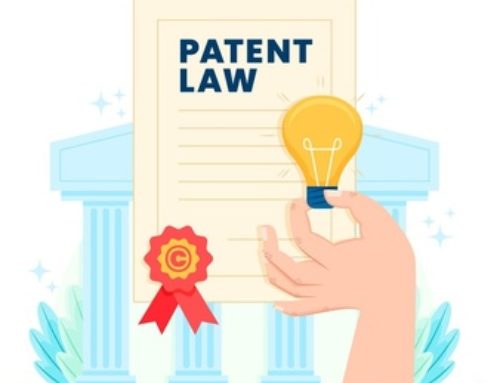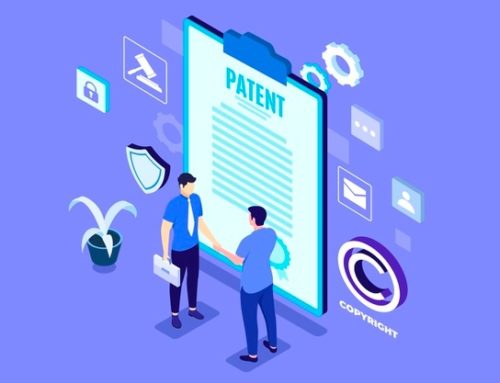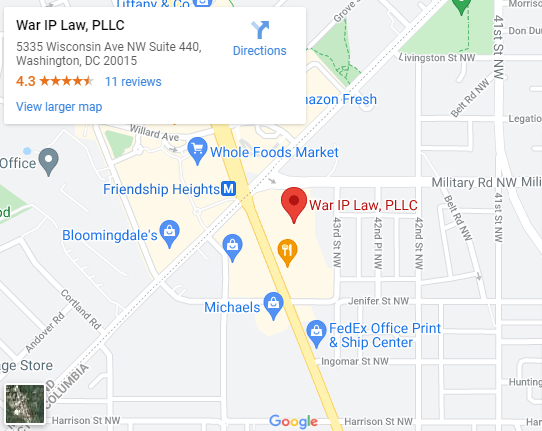Independent inventors who want to pitch their creations to potential manufacturers risk having their ideas stolen. Getting these third parties to sign a nondisclosure agreement even before seeing the invention is highly unlikely. Fortunately, a device called the provisional patent application (PPA) has been authorized by Congress to help protect your intellectual property while buying time to file a non-provisional patent application.
Why You Should File a Provisional Patent Application
- Filing a PPA can reserve rights to a future patent
Under current patent laws, any disclosures or public sales that occur prior to filing a non-provisional patent application can interfere with the patenting process. Filing a provisional patent application can allows you to disclose your invention or commercialize it for one year without jeopardizing your ability to obtain a patent.
- The PPA is cost effective
Fees for a provisional patent application range from $70 to $300, depending on whether it is filed by an inventor with micro entity status, small entity status, or a large company. Seeking assistance from a local patent lawyer for your provisional application helps, and may make it easier for you to apply for a full patent in the future.
- The PPA process is much easier than the non-provisional patent application process
Some complicated aspects in applying for a patent can be skipped in the PPA, such as the Patent Application Declaration and the Information Disclosure Statement. A PPA is also not subject to examination.
How to file a provisional patent application
The application process for a PPA consists of three major steps.
1. Check whether your idea is new by finding previous inventions.
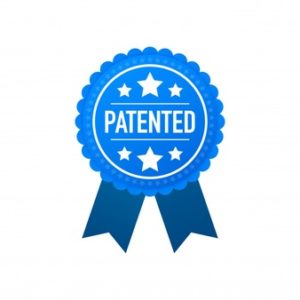 It is important to perform a basic prior art search to avoid wasting time and money and prevent potential issues that may arise when you decide to file a non-provisional application. Non-provisional applications are reviewed by patent examiners, who search for prior art to determine whether an applicant’s product or design is a patentable invention. If the patent examiner finds a similar invention, the non-provisional application will be denied.
It is important to perform a basic prior art search to avoid wasting time and money and prevent potential issues that may arise when you decide to file a non-provisional application. Non-provisional applications are reviewed by patent examiners, who search for prior art to determine whether an applicant’s product or design is a patentable invention. If the patent examiner finds a similar invention, the non-provisional application will be denied.
2. Provide an accurate and detailed description of how to make and use your invention.
The idea is to provide a detailed enough description to reproduce your invention, to establish exactly what it is that is being protected. These descriptions come in the form of a written specification and claims, as well as drawings, illustrations, or other renderings that visually portray the invention and how it works.
The written description of your invention is called the specification in your PPA, and should typically provide the following information:
- Components of the invention and how they are connected;
- Alternative ways to construct the invention;
- Mechanism by which the invention operates;
- Intended use for the invention; and
- Alternative uses for the invention.
3. Fill out and file the appropriate forms with the United States Patent and Trademark Office (USPTO).
You can either mail your PPA to the USPTO or submit it via electronic filing. Regardless of which method you pick, you should include basic information about the sender, the documents being sent (such as your specifications and drawings, if any), and the filing fees.
If you plan on filing a provisional patent application, consult with any of our registered patent attorneys in Washington. Call us at War IP Law, PLLC for a free, no-hassle consultation.

